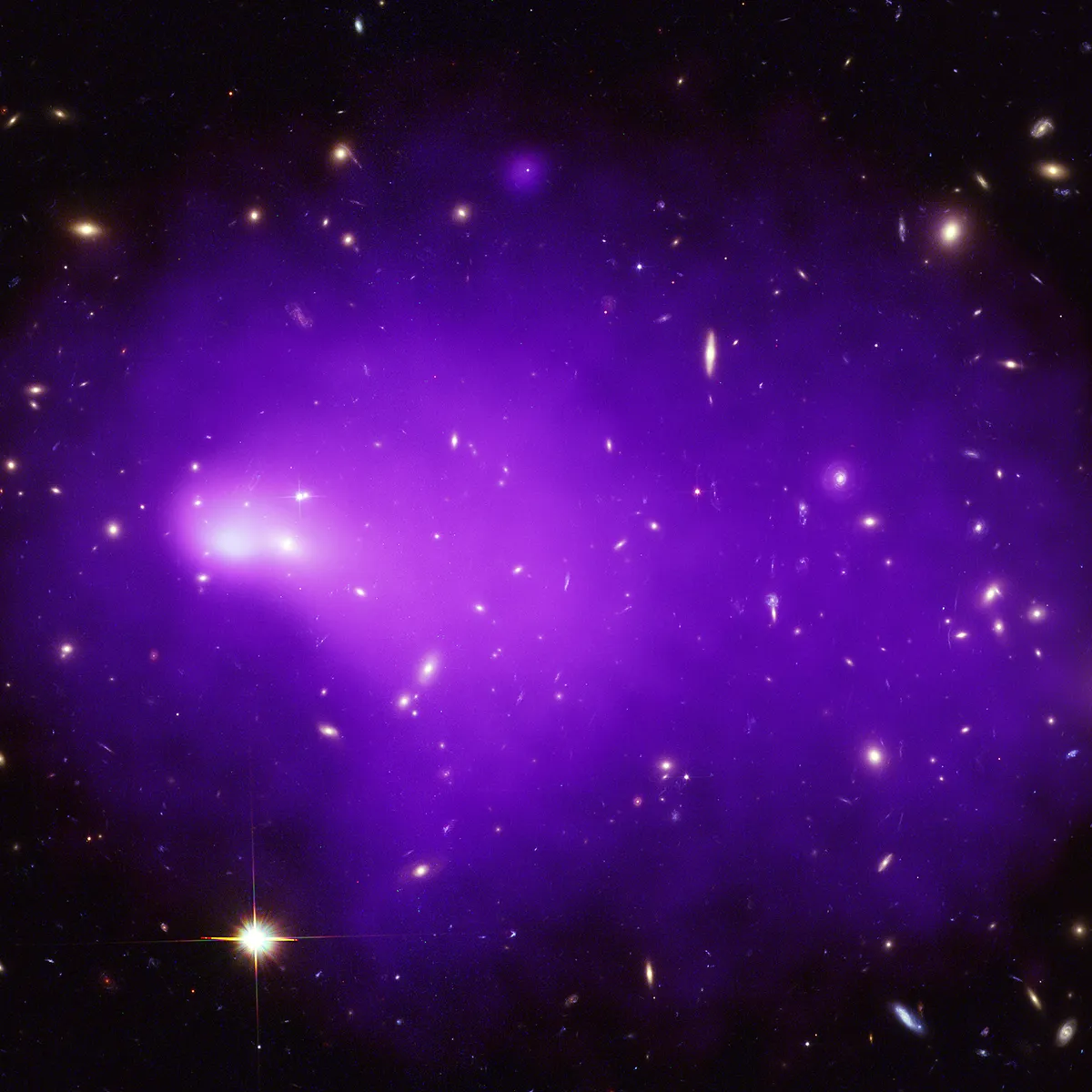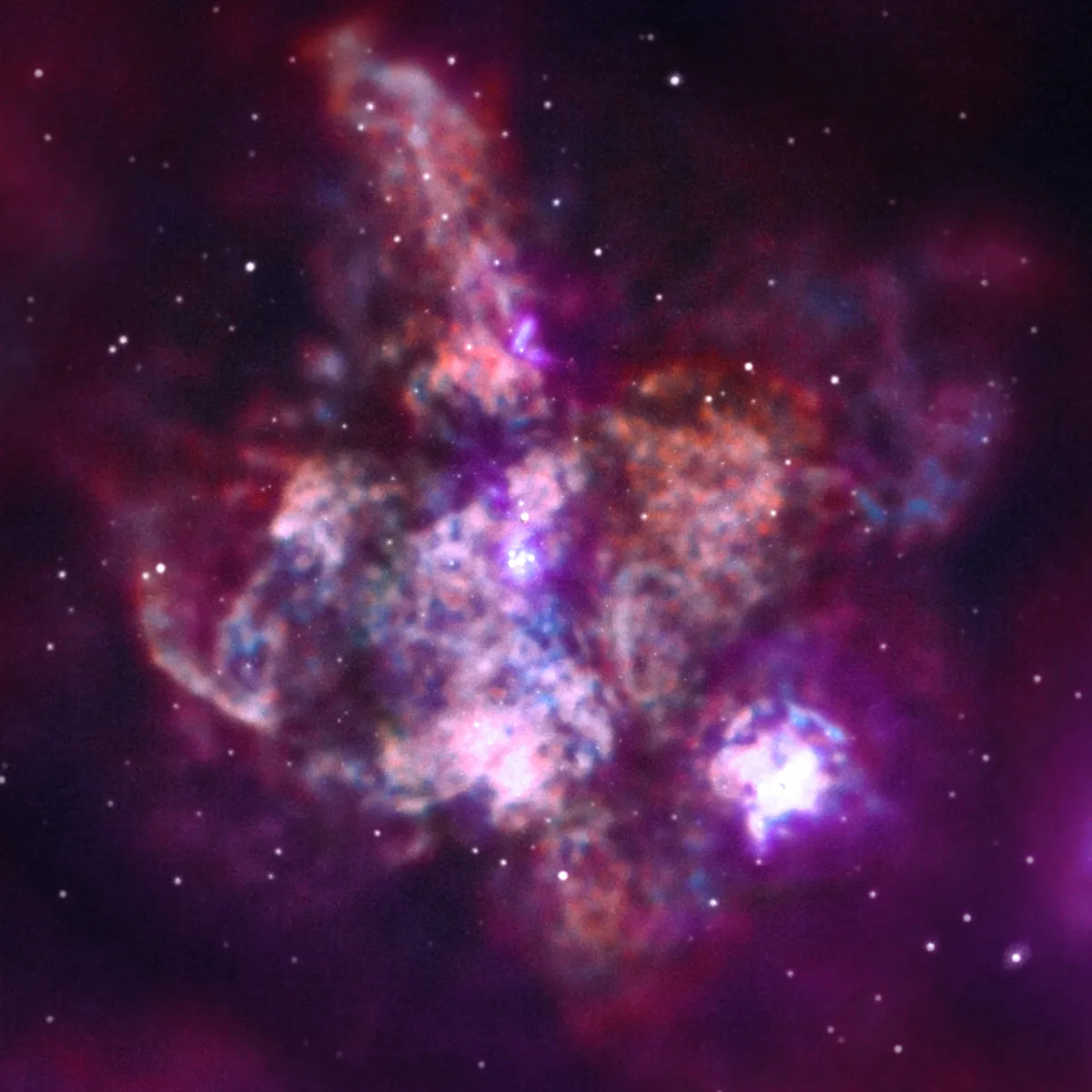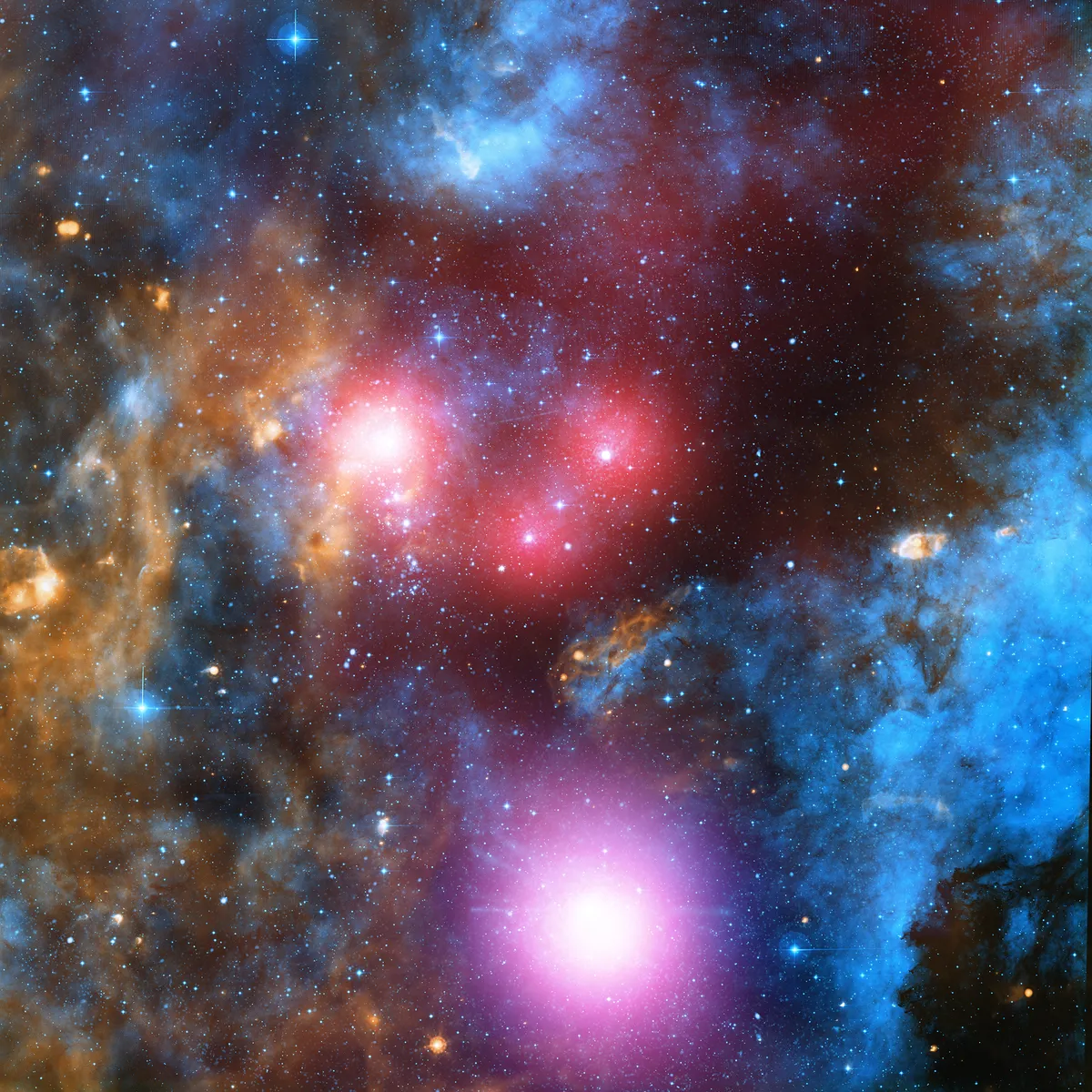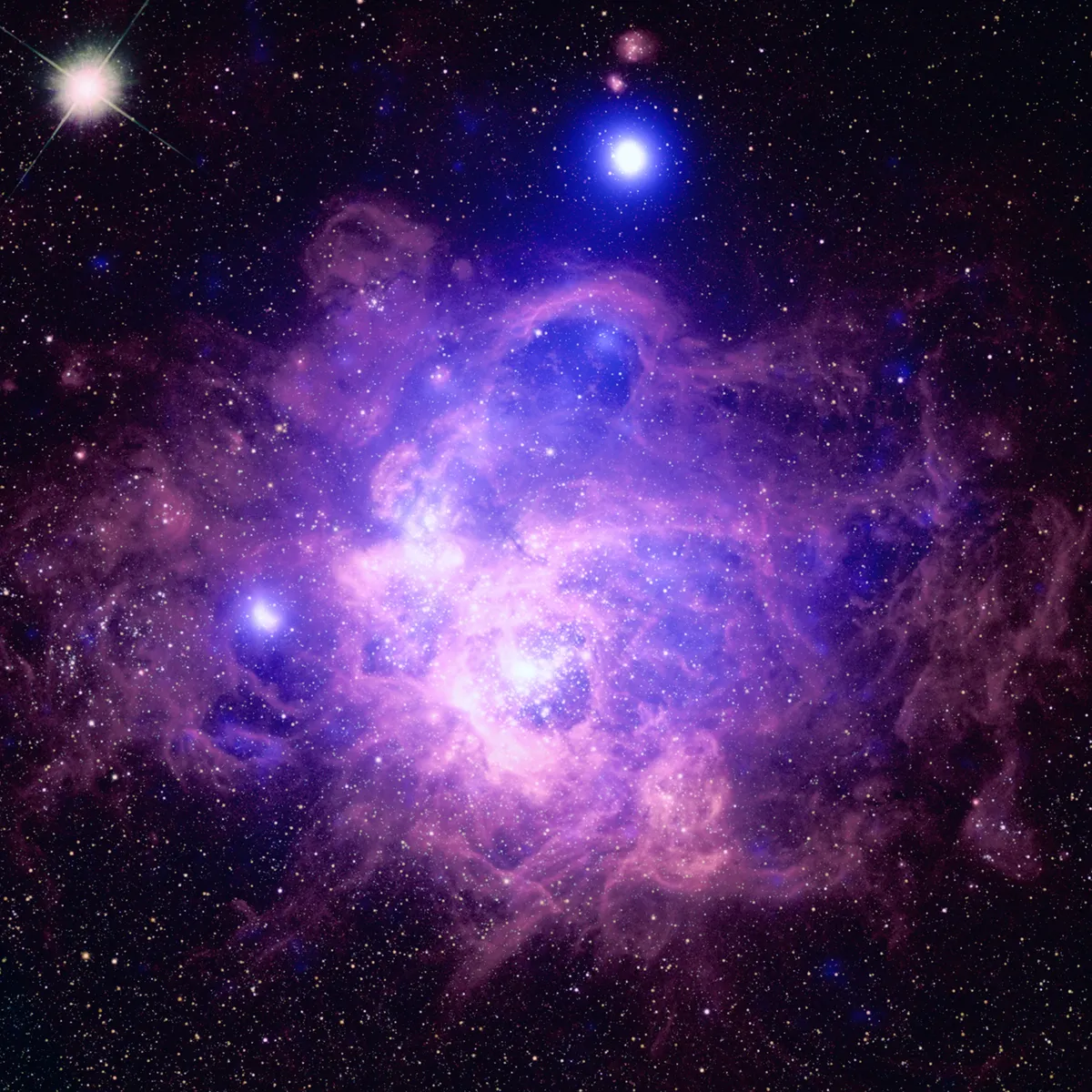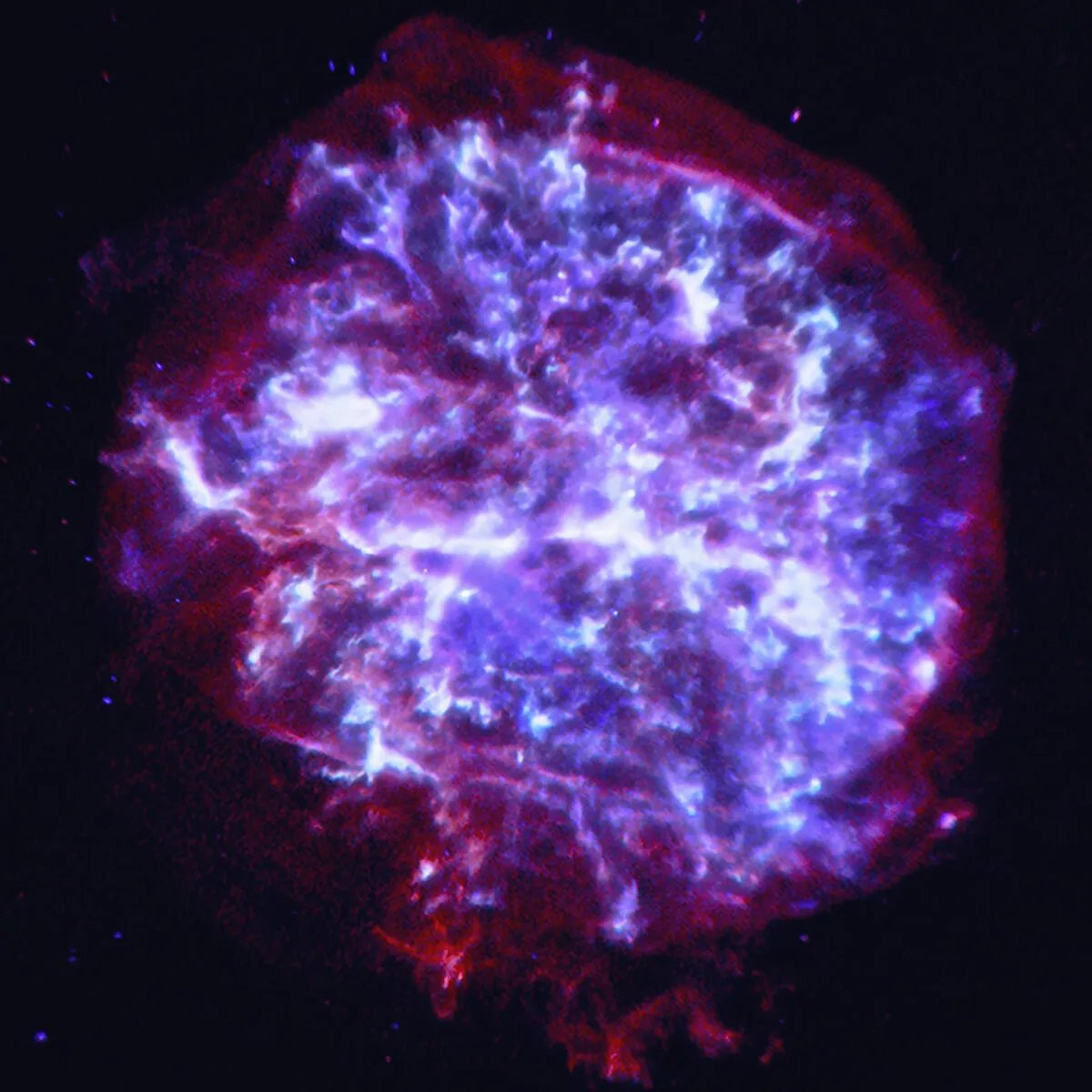NASA's Chandra X-ray Observatory was launched into space on 23 July 1999 on board Space Shuttle Columbia. Over the past two decades it has given us unprecedented views of nebulae, galaxies and other cosmic phenomena, revealing the secrets of the Universe to astronomers.
Observing the cosmos in X-ray light enables Chandra to see objects and phenomena that would otherwise be obscured from view, enabling discoveries pertaining to the past, present and future of the Universe.
To celebrate its 20th anniversary, the Chandra team has released a collection of new images captured by the telescope, demonstrating its ability to produce beautiful but also scientifically-important observations.
